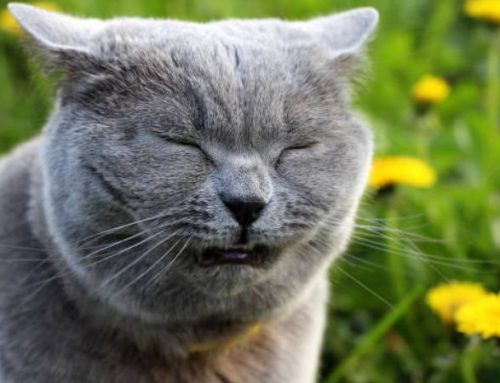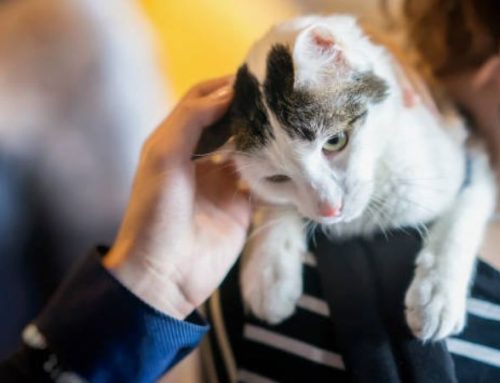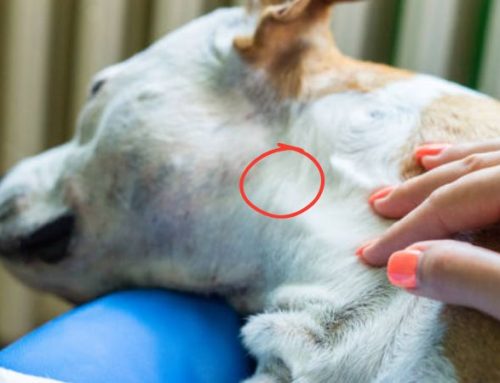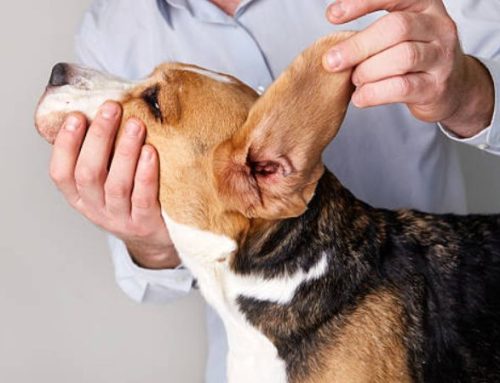Living with a cat is full of little joys—the gentle purrs, the playful leaps, and the quiet moments of comfort. But there’s one part of cat ownership that’s far less endearing: hairballs. While many people assume they’re just a normal part of a cat’s life, that’s not entirely true.
With proper care, hairballs can often be reduced or avoided altogether. In this guide from Nexus-pets, we’ll walk you through how to prevent and treat them, as well as how to recognize the signs of a serious blockage.
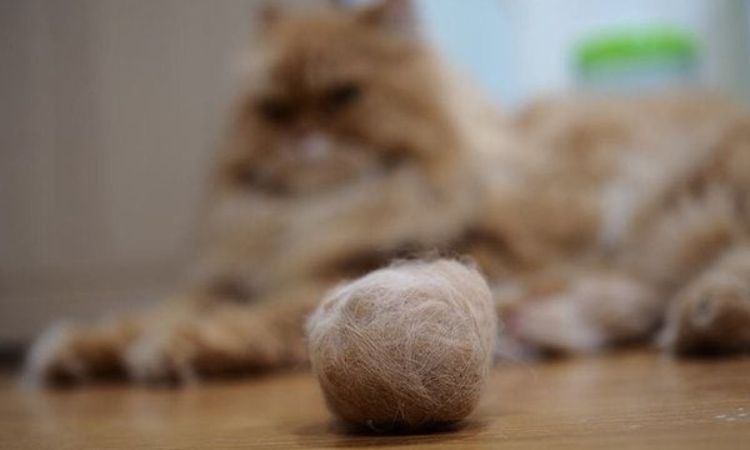
Common Signs and Symptoms of Hairballs
Hairballs are a natural result of a cat’s grooming habits, but they can sometimes cause discomfort or indicate an underlying health issue. Being able to recognize the signs early can help you decide when to intervene or consult a veterinarian.
- Gagging, Coughing, or Retching: One of the most obvious signs of a hairball is when a cat gags, coughs, or retches. Cats may arch their back, crouch their shoulders, and make hacking noises as they try to expel the hair. This process usually ends with the hairball being vomited, after which your cat often returns to normal behavior.
- Reduced Appetite or Lethargy: If your cat seems less interested in food or appears unusually tired, it could be a sign that hairballs are causing discomfort or even partially obstructing the digestive tract. Persistent loss of appetite or lethargy warrants closer observation or a veterinary checkup.
- Frequent Hacking Without Producing a Hairball: Occasional gagging is normal, but repeated attempts to vomit without producing a hairball may signal a more serious problem. This could be due to gastrointestinal issues such as blockages, inflammatory bowel disease, or other digestive disorders.
- Digestive Upset: Hairballs can sometimes interfere with normal digestion, leading to constipation, diarrhea, or regurgitation. You might notice changes in your cat’s litter box habits, smaller or irregular stools, or signs of discomfort when using the litter box.
While less obvious, cats may also show behavioral signs of hairball-related discomfort, such as restlessness, hiding, or excessive grooming. Over-grooming can itself increase the likelihood of hairballs, creating a cycle that needs to be addressed.
Hairball Blockage: When It Becomes Dangerous
Symptoms of Intestinal Blockage from Hairballs
- Ongoing Vomiting Without Expelling a Hairball: If your cat repeatedly gags or vomits but no hairball is produced, this may indicate that the hairball has moved into the intestines or is too large to pass through the stomach. Continuous vomiting can quickly lead to dehydration and requires prompt attention.
- Abdominal Swelling or Pain: A distended, hard, or sensitive abdomen is a key warning sign. Your cat may also show signs of discomfort when touched, crouch, or avoid movement. Abdominal swelling combined with vomiting or lethargy often signals a blockage that needs urgent veterinary care.
- Loss of Appetite and Dehydration: Blockages can make it difficult or painful for your cat to eat or drink. Persistent refusal to eat, drinking very little water, or signs of dehydration (such as dry gums or sunken eyes) are serious red flags.
- Constipation or Absence of Stool: A hairball blocking the intestines can prevent normal bowel movements. If your cat hasn’t passed stool for more than a day or two, or if you notice straining with little or no output, this could indicate a dangerous obstruction.
Why Blockages Require Immediate Veterinary Care
Hairball-induced blockages are a medical emergency. If left untreated, they can cause:
- Severe dehydration
- Electrolyte imbalances
- Intestinal rupture or necrosis
- Life-threatening complications
Veterinarians may use physical exams, X-rays, ultrasounds, or endoscopy to locate the blockage. In some cases, surgery may be necessary to remove the hairball. Early intervention significantly increases the chances of a full recovery.
While most hairballs pass harmlessly, a hairball that causes persistent vomiting, abdominal swelling, loss of appetite, or constipation should be treated as an urgent situation. Quick recognition and prompt veterinary care can prevent serious complications and keep your cat safe and healthy.
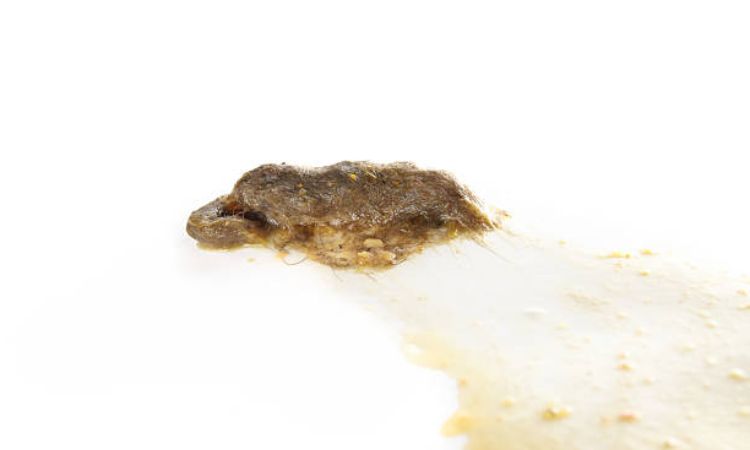
Risk Factors for Hairball Formation
Hairballs are a common part of feline life, but some cats are more prone to developing them than others. Understanding the risk factors can help you take proactive steps to reduce hairball formation and keep your cat healthy.
1. Long-Haired Breeds
Cats with long, dense coats, such as Persians, Maine Coons, and Ragdolls, naturally ingest more hair during grooming. Their luxurious fur is more likely to accumulate in the stomach, increasing the likelihood of hairball formation. Regular brushing and grooming are especially important for these breeds.
2. Shedding Seasons
Cats shed more heavily during certain times of the year, particularly in spring and fall. Increased shedding means more loose hair is available to be swallowed, which can result in a higher number of hairballs. During these peak shedding periods, extra grooming and monitoring are recommended.
3. Age-Related Digestive Changes
Older cats may be more prone to hairballs due to decreased digestive efficiency. As cats age, their gastrointestinal tract may process hair and other indigestible materials more slowly, allowing hair to accumulate and form clumps that require vomiting for expulsion.
4. Excessive Grooming
Cats that groom excessively—whether due to stress, boredom, skin conditions, or parasites—swallow more hair than usual. Overgrooming can significantly increase the risk of hairball formation. Identifying the underlying cause of overgrooming is crucial; this could involve addressing stressors, treating skin conditions, or controlling parasites.
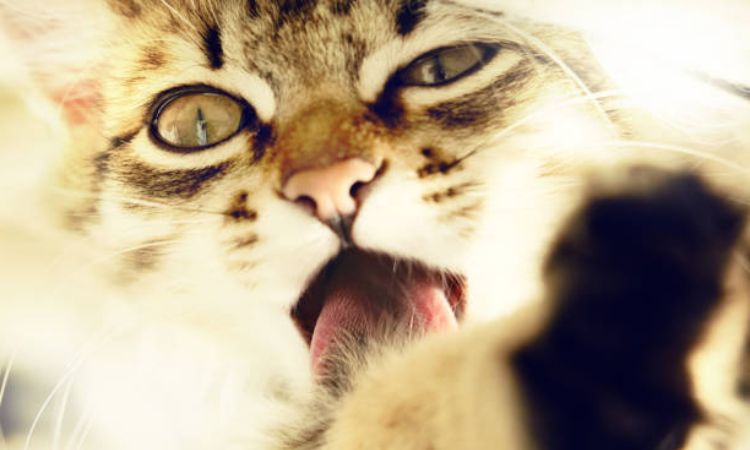
Prevention Strategies for Hairballs
Hairballs are a natural byproduct of a cat’s grooming behavior, but with some proactive care, you can minimize their frequency and impact. Implementing a combination of grooming, dietary management, supplements, and environmental enrichment can make a significant difference.
1. Regular Grooming
Brushing your cat is the most effective way to reduce hair ingestion.
- Daily Brushing for Long-Haired Cats: Breeds such as Persians, Maine Coons, and Ragdolls are particularly prone to hairballs due to their thick, dense coats. Daily brushing removes loose hair before it can be swallowed.
- Use Proper Grooming Tools: A combination of brushes and combs suited to your cat’s fur type helps remove dead hair efficiently. Slicker brushes, rubber grooming gloves, and metal combs can reduce shedding and prevent tangles.
- Professional Grooming: For cats resistant to at-home brushing or with extremely dense fur, professional grooming every few months can help maintain a manageable coat.
2. Specialized Diets
Diet plays a key role in supporting digestive health and minimizing hairball formation.
- High-Fiber Cat Food: Many commercial cat foods are formulated specifically to help hair pass through the digestive system. Increased fiber promotes natural movement of swallowed hair through the stomach and intestines.
- Hydration Support: Adequate water intake is essential for healthy digestion. Encourage your cat to drink more by offering fresh water, using pet fountains, or incorporating wet/canned food into their diet. Proper hydration helps prevent constipation and keeps hair moving through the gastrointestinal tract.
3. Hairball Remedies and Supplements
Certain veterinary-approved products can aid in hairball management.
- Lubricating Gels, Pastes, and Treats: These mild laxatives coat ingested hair, helping it pass more easily through the digestive tract. Always use products as directed and under veterinary guidance.
- Omega-3 Fatty Acids: Supplements like fish oil or flaxseed oil can improve skin and coat health, reducing shedding and the volume of hair swallowed during grooming.
- Additional Fiber Sources: Pet-safe options such as pumpkin, cat grass, or specialized fiber supplements can further aid digestion and prevent hairball buildup.
4. Environmental Enrichment
Reducing stress and boredom can prevent excessive grooming, a common cause of hairballs.
- Interactive Play: Use toys, laser pointers, or puzzle feeders to keep your cat mentally and physically stimulated.
- Scratching Posts and Climbing Structures: These allow cats to expend energy and redirect grooming behaviors.
- Stress Reduction: Cats that over-groom due to anxiety or environmental stress may benefit from calm spaces, consistent routines, or pheromone diffusers.
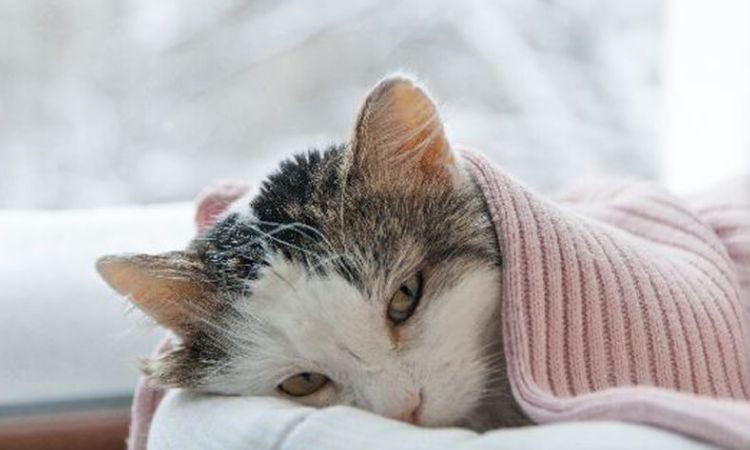
Safe Treatment Options if Hairballs Occur
Hairballs are common, but there are safe ways to manage them:
- Home Remedies: Regular brushing, adding fiber (like pumpkin or cat grass), and ensuring proper hydration can help hair pass naturally. Only use vet-approved home methods.
- Hairball Gels and Lubricants: Over-the-counter gels or pastes coat swallowed hair, easing passage through the digestive tract. Some include omega-3s for skin and coat health.
- Veterinary Care: If hairballs are persistent, large, or cause complications, vets may prescribe medications to aid digestion or, in severe cases, perform endoscopic or surgical removal.
Tip: Frequent vomiting, lethargy, or loss of appetite requires immediate veterinary attention.
Caring for a cat’s health includes understanding and managing hairballs. By being proactive with a proper diet, regular grooming, and recognizing the early signs of a blockage, you can help your feline friend live a more comfortable life. Remember, a little prevention goes a long way in keeping your cat happy and healthy.



